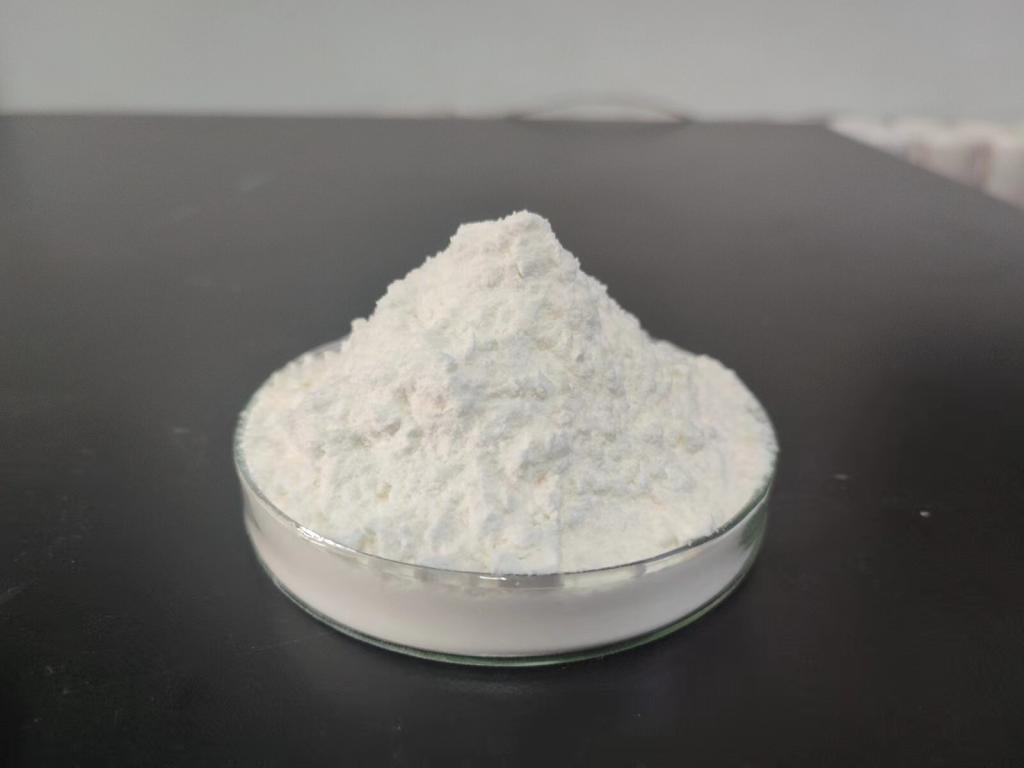Tel:0086 18231198596

News
Current Position:
Home >
News
>The Journey of ε-Polylysine Hydrochloride from Discovery to Commercial Success
The Journey of ε-Polylysine Hydrochloride from Discovery to Commercial Success
TIME:2023-12-21
1. Introduction:
ε-Polylysine hydrochloride, a polymer of the amino acid lysine, has emerged as a versatile and effective substance with applications ranging from food preservation to pharmaceuticals. This article chronicles the journey of ε-polylysine hydrochloride, highlighting key milestones in its discovery, development, and the diverse industries where it has found commercial success.
2. Discovery and Early Research:
The journey of ε-polylysine hydrochloride begins with its discovery, initially recognized for its antimicrobial properties. Researchers exploring natural antimicrobial agents stumbled upon the unique characteristics of ε-polylysine, sparking interest in its potential applications in various fields. Early research focused on understanding its structure, properties, and the mechanisms behind its antimicrobial efficacy.
3. Antimicrobial Properties and Applications:
One of the key features that propelled ε-polylysine hydrochloride into the spotlight is its robust antimicrobial activity. It demonstrated efficacy against a broad spectrum of microorganisms, including bacteria and fungi. This discovery opened doors to applications in food preservation, where the compound could act as a natural preservative, extending the shelf life of perishable products without resorting to chemical additives.
4. ε-Polylysine in Food Preservation:
The food industry embraced ε-polylysine hydrochloride as a safe and effective preservative. Its ability to inhibit the growth of spoilage microorganisms and foodborne pathogens made it an attractive alternative to traditional preservatives. From dairy products to meat and baked goods, ε-polylysine found its way into a variety of food items, contributing to both freshness and consumer preference for clean-label products.
5. Regulatory Approval and Safety Considerations:
The journey of ε-polylysine hydrochloride from laboratory discovery to commercial applications involved rigorous regulatory evaluations. Obtaining approvals from food safety authorities highlighted the compound's safety profile and paved the way for its incorporation into various food products. The adherence to regulatory standards reinforced consumer confidence in its use as a natural preservative.
6. Beyond Food: ε-Polylysine in Pharmaceuticals and Cosmetics:
As the understanding of ε-polylysine's properties deepened, its applications expanded beyond the food industry. In the pharmaceutical sector, ε-polylysine hydrochloride found utility in drug delivery systems and formulations due to its biocompatibility and controlled release capabilities. In cosmetics, its antimicrobial properties made it a valuable ingredient in personal care products, contributing to the preservation of skincare formulations.
7. Technological Advancements and Production Scale-Up:
The journey of ε-polylysine hydrochloride also witnessed technological advancements in production methods. Researchers and industry experts explored efficient ways to synthesize ε-polylysine at scale, ensuring a stable and cost-effective supply for various applications. Continuous improvement in production processes contributed to the compound's commercial viability.
8. Market Adoption and Commercial Success:
The successful integration of ε-polylysine hydrochloride into diverse industries reflects its commercial success. Its adoption by major food manufacturers, pharmaceutical companies, and cosmetic brands underscores its versatility and effectiveness. Market trends favoring natural and sustainable ingredients further propelled ε-polylysine into the mainstream.
9. Challenges and Future Perspectives:
While the journey of ε-polylysine hydrochloride has been marked by success, challenges remain. Addressing consumer awareness, optimizing production efficiency, and exploring novel applications are areas that warrant ongoing attention. Future perspectives involve continued research to unlock the full potential of ε-polylysine in emerging fields and the development of innovative formulations.
10. Conclusion:
The journey of ε-polylysine hydrochloride from its discovery to commercial success encapsulates the dynamic interplay between scientific inquiry, technological innovation, and market adaptation. Its antimicrobial properties, initially harnessed for food preservation, have propelled it into diverse industries, including pharmaceuticals and cosmetics. As ε-polylysine continues to make significant contributions to various sectors, its story exemplifies the transformative impact of research-driven discoveries on commercial applications, shaping industries and meeting evolving consumer demands for safe, effective, and sustainable products.

 CONTACT
CONTACT




